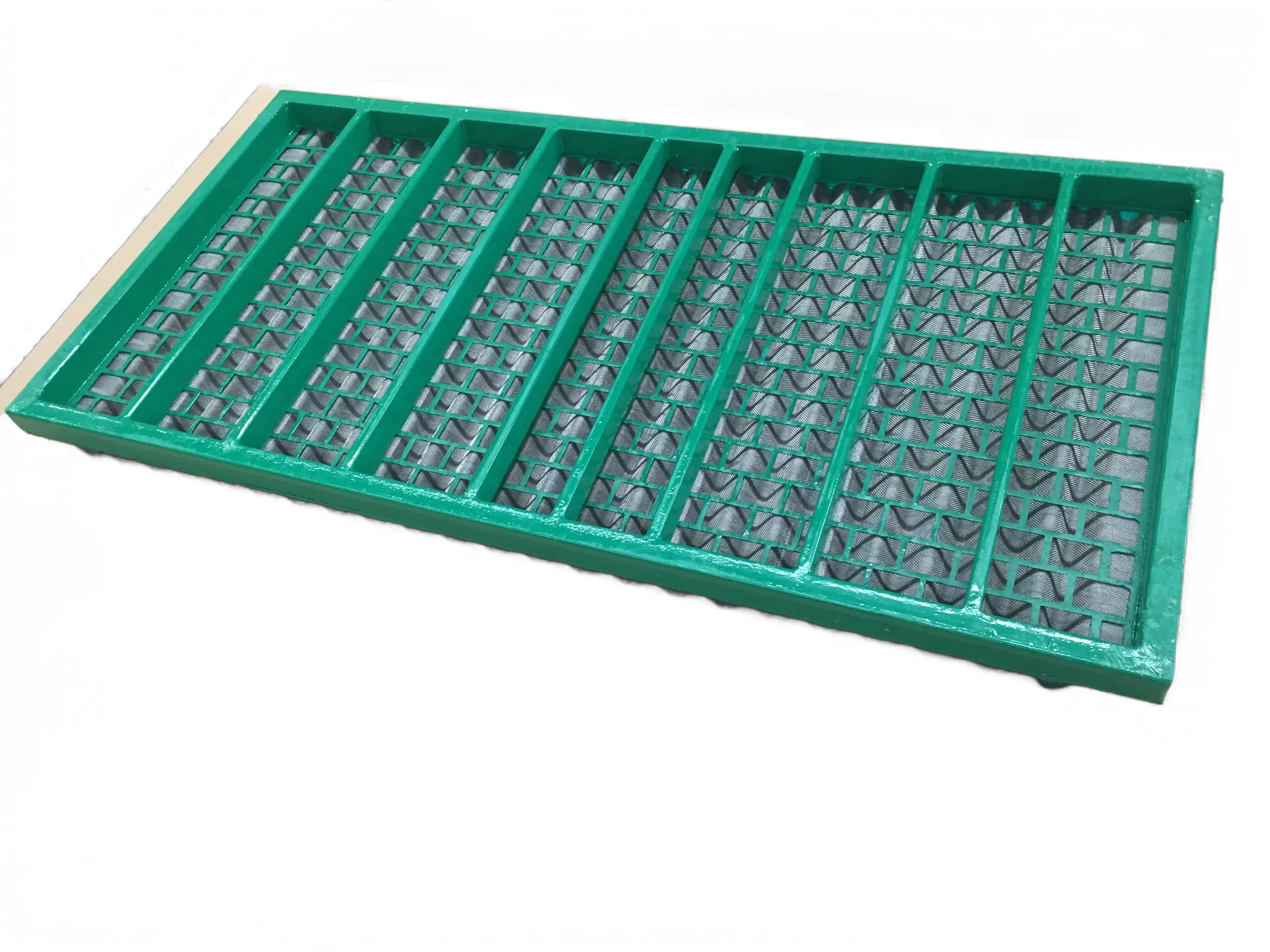- Industrial zone, South of Anping Town, Hengshui, Hebei, China.
- sales@hfpetromesh.com
- +86-18931809706
 Afrikaans
Afrikaans  Albanian
Albanian  Amharic
Amharic  Arabic
Arabic  Armenian
Armenian  Azerbaijani
Azerbaijani  Basque
Basque  Belarusian
Belarusian  Bengali
Bengali  Bosnian
Bosnian  Bulgarian
Bulgarian  Catalan
Catalan  Cebuano
Cebuano  Corsican
Corsican  Croatian
Croatian  Czech
Czech  Danish
Danish  Dutch
Dutch  English
English  Esperanto
Esperanto  Estonian
Estonian  Finnish
Finnish  French
French  Frisian
Frisian  Galician
Galician  Georgian
Georgian  German
German  Greek
Greek  Gujarati
Gujarati  Haitian Creole
Haitian Creole  hausa
hausa  hawaiian
hawaiian  Hebrew
Hebrew  Hindi
Hindi  Miao
Miao  Hungarian
Hungarian  Icelandic
Icelandic  igbo
igbo  Indonesian
Indonesian  irish
irish  Italian
Italian  Japanese
Japanese  Javanese
Javanese  Kannada
Kannada  kazakh
kazakh  Khmer
Khmer  Rwandese
Rwandese  Korean
Korean  Kurdish
Kurdish  Kyrgyz
Kyrgyz  Lao
Lao  Latin
Latin  Latvian
Latvian  Lithuanian
Lithuanian  Luxembourgish
Luxembourgish  Macedonian
Macedonian  Malgashi
Malgashi  Malay
Malay  Malayalam
Malayalam  Maltese
Maltese  Maori
Maori  Marathi
Marathi  Mongolian
Mongolian  Myanmar
Myanmar  Nepali
Nepali  Norwegian
Norwegian  Norwegian
Norwegian  Occitan
Occitan  Pashto
Pashto  Persian
Persian  Polish
Polish  Portuguese
Portuguese  Punjabi
Punjabi  Romanian
Romanian  Russian
Russian  Samoan
Samoan  Scottish Gaelic
Scottish Gaelic  Serbian
Serbian  Sesotho
Sesotho  Shona
Shona  Sindhi
Sindhi  Sinhala
Sinhala  Slovak
Slovak  Slovenian
Slovenian  Somali
Somali  Spanish
Spanish  Sundanese
Sundanese  Swahili
Swahili  Swedish
Swedish  Tagalog
Tagalog  Tajik
Tajik  Tamil
Tamil  Tatar
Tatar  Telugu
Telugu  Thai
Thai  Turkish
Turkish  Turkmen
Turkmen  Ukrainian
Ukrainian  Urdu
Urdu  Uighur
Uighur  Uzbek
Uzbek  Vietnamese
Vietnamese  Welsh
Welsh  Bantu
Bantu  Yiddish
Yiddish  Yoruba
Yoruba  Zulu
Zulu
- Afrikaans
- Albanian
- Amharic
- Arabic
- Armenian
- Azerbaijani
- Basque
- Belarusian
- Bengali
- Bosnian
- Bulgarian
- Catalan
- Cebuano
- Corsican
- Croatian
- Czech
- Danish
- Dutch
- English
- Esperanto
- Estonian
- Finnish
- French
- Frisian
- Galician
- Georgian
- German
- Greek
- Gujarati
- Haitian Creole
- hausa
- hawaiian
- Hebrew
- Hindi
- Miao
- Hungarian
- Icelandic
- igbo
- Indonesian
- irish
- Italian
- Japanese
- Javanese
- Kannada
- kazakh
- Khmer
- Rwandese
- Korean
- Kurdish
- Kyrgyz
- Lao
- Latin
- Latvian
- Lithuanian
- Luxembourgish
- Macedonian
- Malgashi
- Malay
- Malayalam
- Maltese
- Maori
- Marathi
- Mongolian
- Myanmar
- Nepali
- Norwegian
- Norwegian
- Occitan
- Pashto
- Persian
- Polish
- Portuguese
- Punjabi
- Romanian
- Russian
- Samoan
- Scottish Gaelic
- Serbian
- Sesotho
- Shona
- Sindhi
- Sinhala
- Slovak
- Slovenian
- Somali
- Spanish
- Sundanese
- Swahili
- Swedish
- Tagalog
- Tajik
- Tamil
- Tatar
- Telugu
- Thai
- Turkish
- Turkmen
- Ukrainian
- Urdu
- Uighur
- Uzbek
- Vietnamese
- Welsh
- Bantu
- Yiddish
- Yoruba
- Zulu
Design and Benefits of Walkway Grates for Improved Safety and Aesthetics
The Importance of Walkway Grates in Urban Infrastructure
Walkway grates play a crucial role in urban design and infrastructure, serving both functional and aesthetic purposes. These structures, often overlooked by pedestrian traffic, are essential for maintaining safe and accessible public spaces.
One of the primary functions of walkway grates is to facilitate proper drainage. In densely populated urban areas, rainwater runoff can accumulate on sidewalks and walkways, creating hazards for pedestrians. Grates allow stormwater to flow into drainage systems, reducing the risk of flooding and waterlogging. By channeling rainwater away from pedestrian paths, grates help maintain dry and safe walking surfaces, thereby enhancing the overall accessibility of urban environments.
In addition to their drainage capabilities, walkway grates are also vital for environmental sustainability. They can be integrated with green infrastructure solutions, such as permeable pavement systems and bioswales, which promote groundwater recharge and minimize urban heat islands. By allowing water to infiltrate through the grates, these systems help filter pollutants and reduce the burden on municipal stormwater systems. This promotes healthier urban ecosystems and contributes to improved water quality in surrounding waterways.
walkway grates

Furthermore, walkway grates can enhance safety by providing traction on walkways. Slip-resistant surfaces are essential in preventing accidents, especially in areas that are prone to wet conditions. The design of walkway grates often includes textured surfaces to ensure pedestrians have secure footing, making them an integral part of safety measures in urban infrastructure.
Aesthetic design is another essential aspect of walkway grates. They come in various materials, shapes, and colors, allowing for creative integration into urban landscaping. Custom-designed grates can enhance the visual appeal of public spaces, contributing to a city’s identity and character. Thoughtfully designed grates can complement surrounding architecture and landscape, turning a simple drainage feature into a statement of artistic expression.
Moreover, walkway grates can be part of smart city initiatives. Some cities are exploring the use of grates equipped with sensors to monitor water levels, detect blockages, or gather data related to weather patterns. These innovations can pave the way for more efficient urban management, allowing municipalities to respond proactively to flooding or drainage issues, ultimately leading to better resource management.
In summary, walkway grates serve multiple functions that benefit urban infrastructure. They provide critical drainage solutions, promote environmental sustainability, enhance safety, and contribute to the aesthetic appeal of public spaces. As cities continue to expand and evolve, the thoughtful integration of walkway grates will be essential in creating sustainable, accessible, and visually appealing urban environments. Embracing the importance of these often-underappreciated structures can lead to improved quality of life for urban residents and visitors alike.
-
Welded Steel Bar Grating: The Rugged Industrial Flooring Solution Built for Load and LongevityNewsJun.24,2025
-
Steel Walkway Grating: Reliable, Resilient, and Built for Every StepNewsJun.24,2025
-
Shale Shaker Screen for Sale: Optimize Drilling Efficiency with Precision Screening PowerNewsJun.24,2025
-
Shaker Screen for Sale: Elevate Your Drilling Efficiency with Durable Separation SolutionsNewsJun.24,2025
-
Press Locked Steel Grating: Industrial Strength with Precision Fit for Heavy-Duty ApplicationsNewsJun.24,2025
-
Perimeter Safety Netting: The Critical Safety Upgrade for Every HelipadNewsJun.24,2025